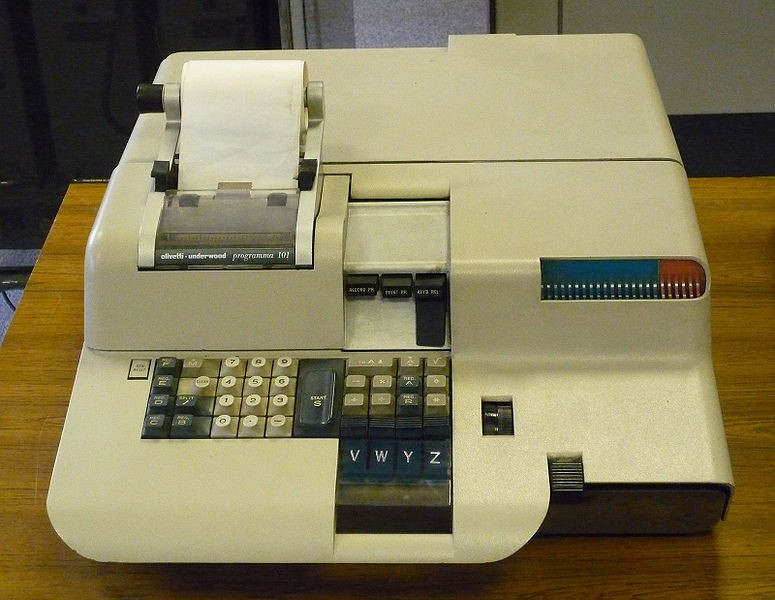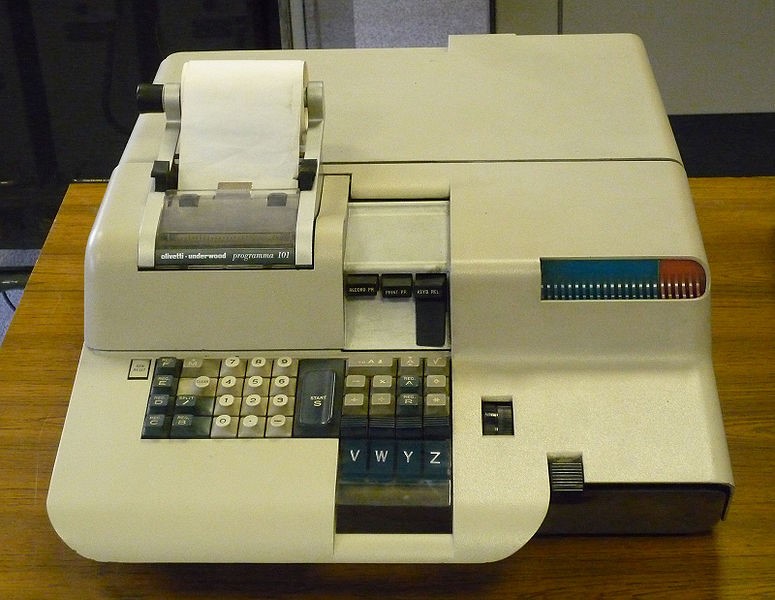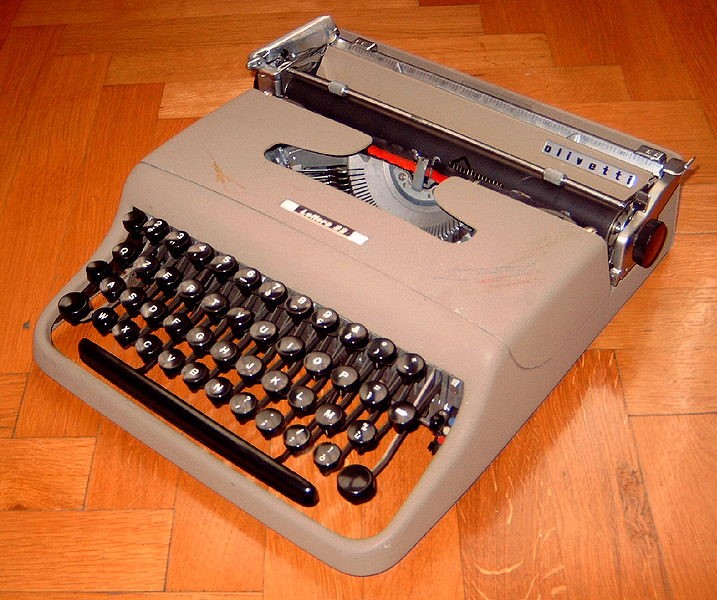- Posted Aug. 17, 2013, 1:31 p.m. - 10 years, 8 months ago
A Blast From The Past – The Programma 101
August, 1868, in the town of Ivrea, Piedmont, a future cyber hero was born by the name of Camillo Olivetti. The Italian electrical engineer went on to form the IT company Olivetti S.p.A, and produced both Italy’s first electronic computer in 1959, the transistorised Elea 9003, and the world’s first commercial desktop computer in 1964, the Programma 101.
Olivetti as a company didn’t actually start as an IT manufacturer. The first product released under the Olivetti name was, in fact, a typewriter and then by 1948 the range had expanded to include calculators. Led by designer Marcello Nizzoli between the ‘40s and ‘60s, Olivetti released a wide range of products including the Lexicon 80 typewriter and then the widely acclaimed portable Lettera 22 typewriter in 1950. The Programma 101 was launched at the New York World’s Fair in 1964 as a programmable desktop calculator, and classed as futuristic in its design. Priced at $3200, the calculator took off really well in the US, selling over 40,000 units in total.
Revolutionary Design
So what made the Programma so different, so futuristic? Why did it take off so well? The reasons behind the Programma’s success are varied but all boil down to some simple factors:
• It was simple to use and appealed to both novices and more savvy users, both for its primary functions of calculations and also in its design and ergonomics
• It was small enough to use comfortably at a desk and to travel with, smaller than anything else of similar functionality available. Mario Bellini, one of the designers on the Programma project, has been quoted as saying, “….the design not of a box containing mechanisms and stamped circuits, but a personal object, something that had to live with a person, a person with his chair sitting at a table or desktop and that had to start a relationship of comprehension, of interaction, something quite new because before then computers were as big as a wardrobe. With a wardrobe we don’t have any relationship: in fact the most beautiful wardrobes disappear in the wall. But this wasn’t a wardrobe or a box, this was a machine designed to be part of your personal entourage.”
• In terms of functionality, not only could it calculate the four basic functions of division, multiplication, subtraction and addition, it could also perform square root, fractional part and absolute root arithmetic.
• Programming the machine was simple, similar to assembly language but more basic, and stored programs were stored onto plastic cards that could store two programs each. These cards were classed as revolutionary for the time, as they were portable and allowed users to in essence work on a plug and play basis with the programs.
Recognition & Government Use
Being so widely well received, both the Programma 101 and Olivetti’s design team won awards for their creation, including the Compasso d’Oro Industrial Design Award awarded to Mario Bellini for the styling of the unit.
NASA also purchased 10 Programma 101 models for the July 1969 Apollo 11 moon landing, and was also used as part of the system used to compute coordinates during the Vietnam War to ground directed bombings of B-52 Stratofortress targets by the US Air Force.
HP copied some of the Programma’s features, including the architecture and magnetic card functionality, and were forced to pay royalties to the sum of $900,000+ when the HP 9100 was released and the copied functions evident.
Where are they now?
Olivetti as a company went on to release a number of successful PCs and at one point opened their own distribution network in New Zealand. As time and technology moved on, however, Intel released the fast Intel 386 CPU and Olivetti’s new products based on this new processor failed to deliver reliability, spelling problems in the company resulting in financial difficulties due to lack of sales. Even their multimedia personal computer, the Envision, failed to be a hit with the public, and in 1997 Olivetti sold their PC business. By 2003, Olivetti had been absorbed into Telecom Italia, although in 2005 it was announced that the original Olivetti brand was to be restored (now Olivetti Tecnost) and computer production to resume, starting with the new LINEA_OFFICE line. This incorporates calculators, fax machines, notebooks, computers and printers, and most recently the 2011 OliPad tablet. The Olipad is designed for business and government usage and has it’s own app store catering to these sectors.
Image credits
Programma 101
Lettera 22
Mario Bellini
Latest Articles
-
Our latest testimonial for Infix 6
Dec. 19, 2016, 2:40 p.m. -
Most commonly translated Turkish words
Feb. 6, 2015, 9 a.m. -
Merry Christmas & A Happy New Year
Dec. 25, 2016, 8 a.m. -
New Save PDF to SVG feature introduced to Spire.Office
Dec. 23, 2016, 11:54 a.m. -
Editing educational PDFs – a user perspective
July 21, 2014, 8:03 a.m.





